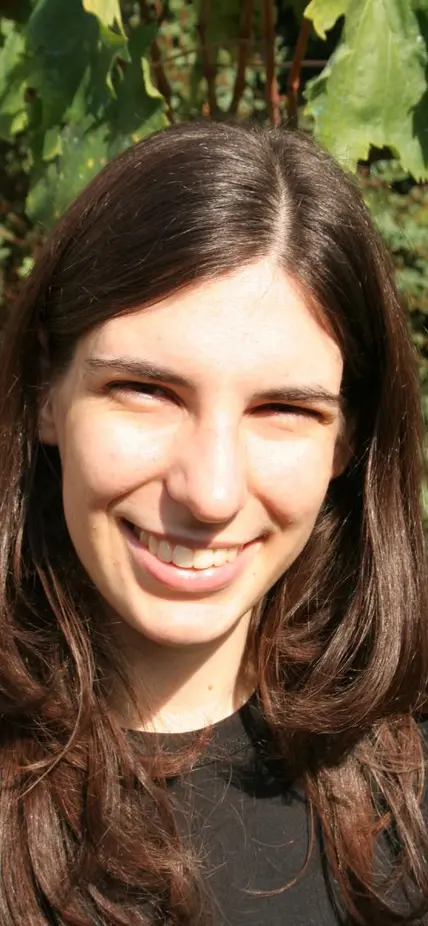Pasadena, CA—Astronomer Ana Bonaca, for whom the Milky Way galaxy is laboratory to explore the evolution of the universe, has joined the Carnegie Observatories as a Staff Scientist.
Bonaca arrived this month from Harvard University where she held a prestigious Institute for Theory and Computation Fellowship. Prior to that she completed her Ph.D. in astronomy from Yale University and a master’s degree in physics from the University of Zagreb.
Bonaca studies how the uneven pull of our galaxy’s gravity affects objects called globular clusters—spheres made up of a million stars bound together and orbiting a galactic core. The Milky Way is enveloped by a tenuous halo of about 150 of them. How the galaxy’s tidal forces disrupt these clusters, and the movement of the resulting debris, can teach us about the distribution of dark matter throughout the region and even reveal new details about how galaxies evolve.
Crucially, her work incorporates both observational data, such as the European Space Agency's Gaia satellite’s images of the Milky Way, and high-resolution numerical simulations to probe the forces that shaped our galaxy and the universe.
“Over the next decade, we will be able to understand our galaxy in unprecedented detail and I plan to use this avalanche of data to turn the Milky Way into a cosmological laboratory,” Bonaca said. “Having access to the facilities at Carnegie’s Las Campanas Observatory in Chile, as well as to the computational resources of the Carnegie Theoretical Astrophysics Center, makes this the perfect home to advance my research goals.”
Bonaca is also committed to making her work accessible to the public through a variety of avenues, including The Open Universe podcast, and to community building among astronomers, having organized discussion groups and peer workshops throughout her time at Harvard and Yale.
“We are thrilled to have Ana join us at the Carnegie Observatories,” said Director John Mulchaey, who is also the institution’s Science Deputy. “Her mix of observation and theory will perfectly complement our approach to research and her investigations have real potential to drive cutting-edge breakthroughs in cosmology.”
